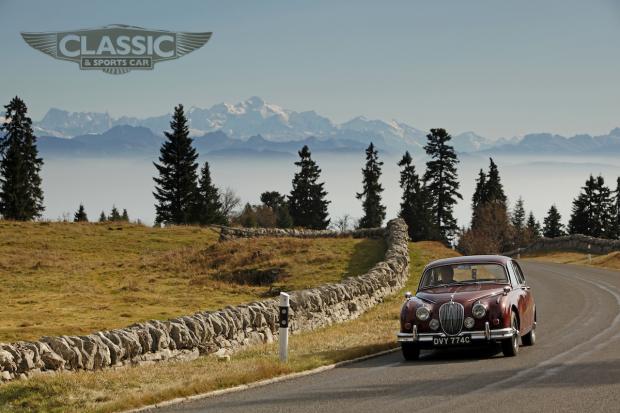
In Britain, 1959 was the year of frothy coffee in glass cups, ban-the-bomb and Harold Macmillan’s ‘most of our people have never had it so good’ conservatism. You could still get hanged for murder, jailed for buggery and called up for National Service, but through a haze of nostalgia they seemed to be simpler, happier times. Certainly the monochrome world of bomb sites, Woodbines and winter smog was giving way to a new era of consumerism and a sense of hope for a more exciting future, where anyone could realistically think of owning a modest family saloon and a black-and-white television.

More cars meant more roads and a new kind of road. In November, Ernest Marples (you don’t get names like that any longer, do you?) opened the first section of the M1, and just a month before that Jaguar Cars had launched a new version of its unitary-hulled compact saloon, badged simply and enigmatically ‘Mk2’. This car became the bullet-nosed sovereign of these wondrous six-lane strips of landscaped asphalt for years to come. In the early days of the M1, the outside lane was known as ‘the Jag lane’.

With its increased glass area, 12in Dunlop discs and wider rear track, this was emphatically a prettier, more stable and much safer compact Jaguar. Even better, with the exciting new option of a 220bhp 3.8-litre engine, it was a much quicker one, easily the fastest saloon – 126mph, according to The Autocar – in Jaguar’s impressive repertoire of twin-cam luxury four-doors.











